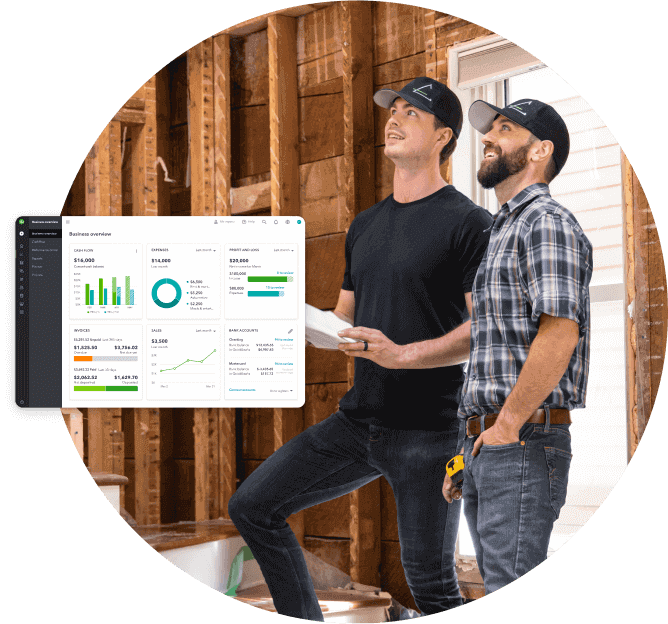4. Monitoring and controlling the project
The fourth stage covers the control and monitoring of the project. Monitoring and controlling in project management includes the processes of defining, taking, and analyzing the project performance measurements or key performance indicators (KPIs).
You can use several KPIs to measure the current state of completion throughout the project. These include:
- Project performance: Tracks the project changes throughout its life cycle, noting issues that arise, reaction times to problems, and the efficiency with which solutions are found.
- Project objectives: Determines if the project is on track, on budget, and on course to meet your objectives.
- Effort and cost tracking: Measures the monetary and human resources allocated to project areas to determine if the project will meet all deadlines and objectives.
- Quality deliverables: Concerns whether all project tasks are complete and goals are met.
These performance indicators can help you determine if the project is currently on track and if it's following the original project management plan set out in phase two. The aim is to identify any problem areas quickly and correct them to ensure a successful project outcome.
At this phase, it's helpful to review the project plan to make sure all budgets, activities, schedules, risks, and workflows are being effectively managed.
Change management is also an important part of this phase. Here, you have the opportunity to update or adapt internal processes or procedures to keep your project running smoothly.
When executing the monitoring and control of projects, you can use project management tools and apps, like project tracking software, to help you organize and optimize every facet of the project.



